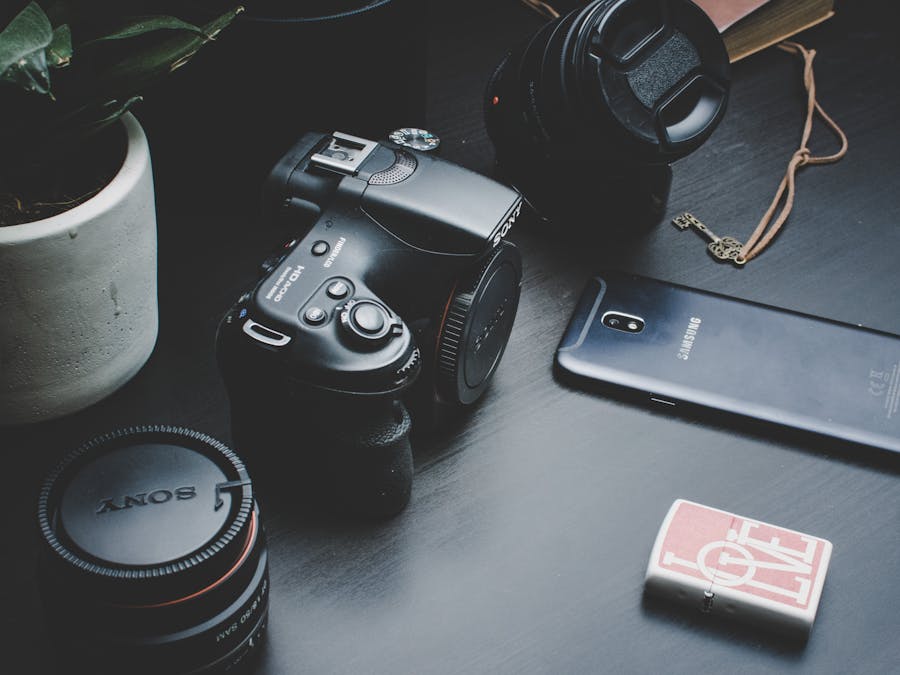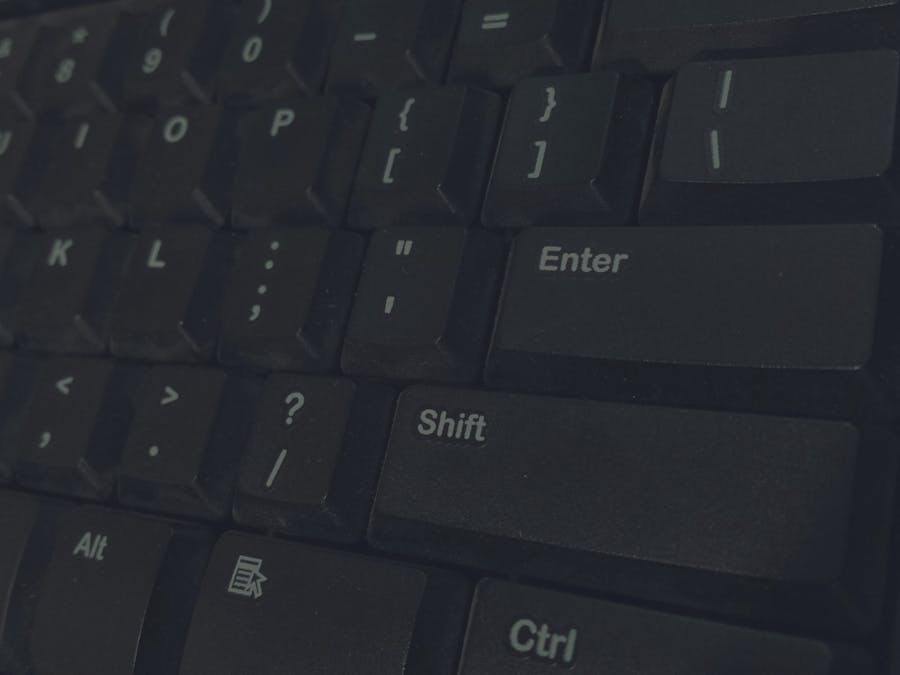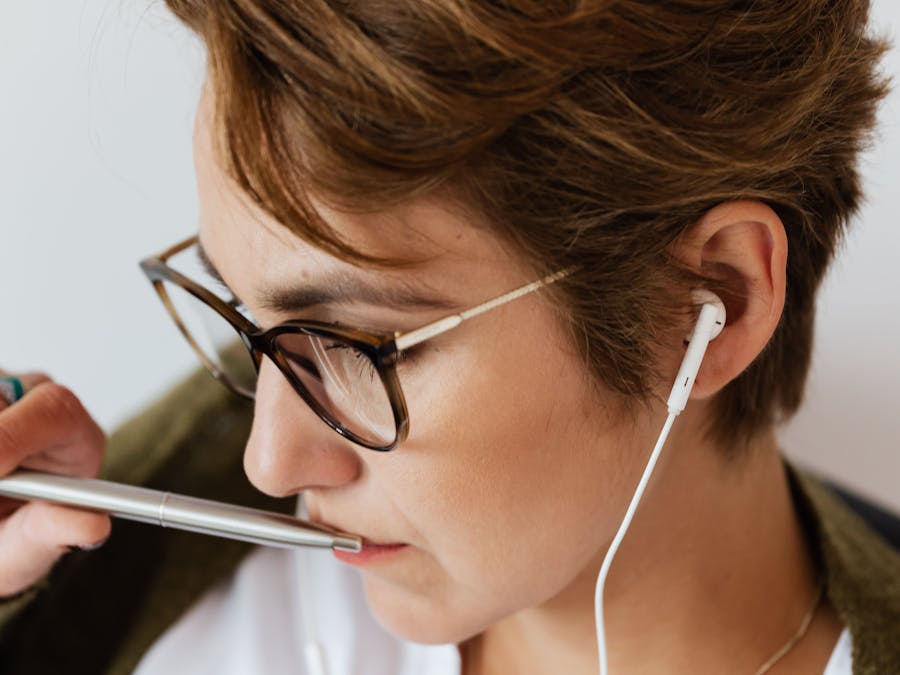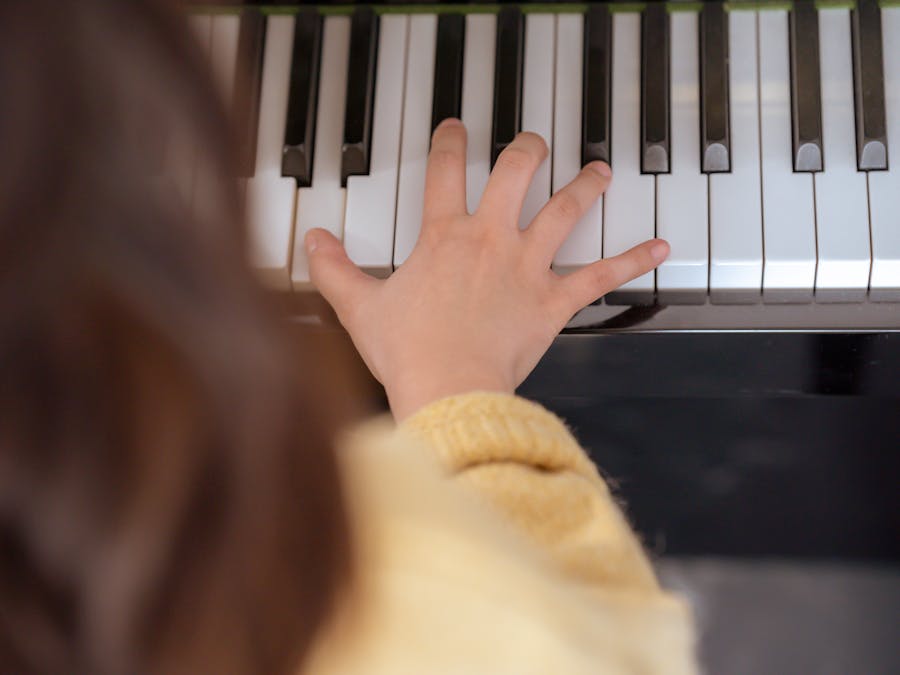 Piano Guidance
Piano Guidance
 Piano Guidance
Piano Guidance

 Photo: Dayvison de Oliveira Silva
Photo: Dayvison de Oliveira Silva
So, can you tune your own piano? Yes you can, however, it's extremely difficult! You need the right tools, a lot of patience, and should tune a junker piano first. You also, won't be able to tune it to the level of a professional.

In case, you wish to reenable the key that you just disabled; you need to follow the same steps and reenable it. You will have to reboot your...
Read More »
The study found that anywhere from 40 to 62 percent of non-musicians were poor singers, a rate much higher than shown in previous research. It also...
Read More »If your piano is starting to sound out of tune, you may be interested in trying to tune the piano yourself. You probably realize that tuning a piano is a much more complicated process then tuning a guitar. But how hard is it really? Could an amateur do a half decent job after a days work? While I am not a piano technician I wanted to answer this quetion for myself (I thought hey, maybe tuning pianos could be an easy side hustle). To help you decide if you can tune your piano, I will give an overview the process, including the cost of the tools, and challenges/dangers involved. This is not a how-to guide. I leave that to professional technicians. This article simply addresses whether you can tune a piano yourself. For the adventurous, you can check out this detailed plan for how to tune your piano. So, can you tune your own piano? Yes you can, however, it’s extremely difficult! You need the right tools, a lot of patience, and should tune a junker piano first. You also, won’t be able to tune it to the level of a professional. To give you a sense of the energy required in the task, I read about amateurs who were able to tune their piano over the course of a week after watching after watching many hours of youtube guides. I also read of a piano technician instructor who gave 20 hour trainings to prospective technicians and after the training he thought about 35% of trainees were able to perform acceptable tunings (source found here). How long does it take for a pro to learn? One technician said it took him 6 months of frequent tuning as an apprentice before he felt consistent tuning pianos. Other benchmarks I saw floating out their were 1000 tunings or up to 3 years, before you are a proficient tuner! Let’s understand the challenges you are up against, so you can see why it takes so long to master.

Tortuga, sometimes called Turtle Island, is a small island about 20 miles in length just north of Haiti. It was strategically located in the path...
Read More »
Happy instruments selected were: harpsichord, marimba, vibraphone and piano. Sad instruments selected were: violin, bassoon, flute and oboe. Apr...
Read More »To tune a piano you will need an electric chromatic tuner, a piano tuning lever, and some rubber mutes. electric chromatic tuner – $0-$1000. For a crude tuning you can get away with a free tuning app downloaded to your phone. For more accuracy, you will need a high quality tuner. Ideally the electric tuner would have a physical needle as this gives more accuracy, while a tuner with an electronic display may jump around more if it is poorly made. Professionals may use tuners that cost hundreds of dollars. Check to make sure that the tuner is set to “A440.” This means that the A above middle C resonates at 440 hz. This is the reference point in the standard tuning systems. For a crude tuning you can get away with a free tuning app downloaded to your phone. For more accuracy, you will need a high quality tuner. Ideally the electric tuner would have a physical needle as this gives more accuracy, while a tuner with an electronic display may jump around more if it is poorly made. Professionals may use tuners that cost hundreds of dollars. Check to make sure that the tuner is set to “A440.” This means that the A above middle C resonates at 440 hz. This is the reference point in the standard tuning systems. piano tuning lever – $50+. It is worth it to invest in a medium-high quality tuning lever. If you use a lower quality lever, you may damage the pins by rounding out the square edges. In addition, make sure to purchase a lever that will fit your pins. Typically tuning pins come with a size marking of “#2”, but you can measure the diameter and find its corresponding size here. It is worth it to invest in a medium-high quality tuning lever. If you use a lower quality lever, you may damage the pins by rounding out the square edges. In addition, make sure to purchase a lever that will fit your pins. Typically tuning pins come with a size marking of “#2”, but you can measure the diameter and find its corresponding size here. Rubber Wedge Mutes -$1+. Some keys have two or three corresponding strings. In this case you need to dampen some strings so you can accurately tune the rest. Some keys have two or three corresponding strings. In this case you need to dampen some strings so you can accurately tune the rest. Other tools. You may need a light source and a screwdriver to effectively access the inside of the piano.

Keycaps come in different heights, typically ranging from around 2mm (low profile) to 17 mm (high profile). Keycap height isn't necessarily uniform...
Read More »
The scales used most often for soloing in blues-influenced music are minor and major pentatonic. As its name implies, a pentatonic scale consists...
Read More »
D minor Composition and lyrics In terms of music notation, the song is composed in the key of D minor, with a tempo of 147 beats per minute, and...
Read More »
Dominant chords with a 6th are: Dominant chords with 6th are called 13th chords. May 27, 2021
Read More »
10 Tips for Memorizing Music #1. Start small. This might go without saying, but building your memory is a process. ... #2. Use sight reading tips....
Read More »
The easiest instruments to learn are ukulele, harmonica, bongos, piano, and glockenspiel. Learning these instruments as an adult will be...
Read More »